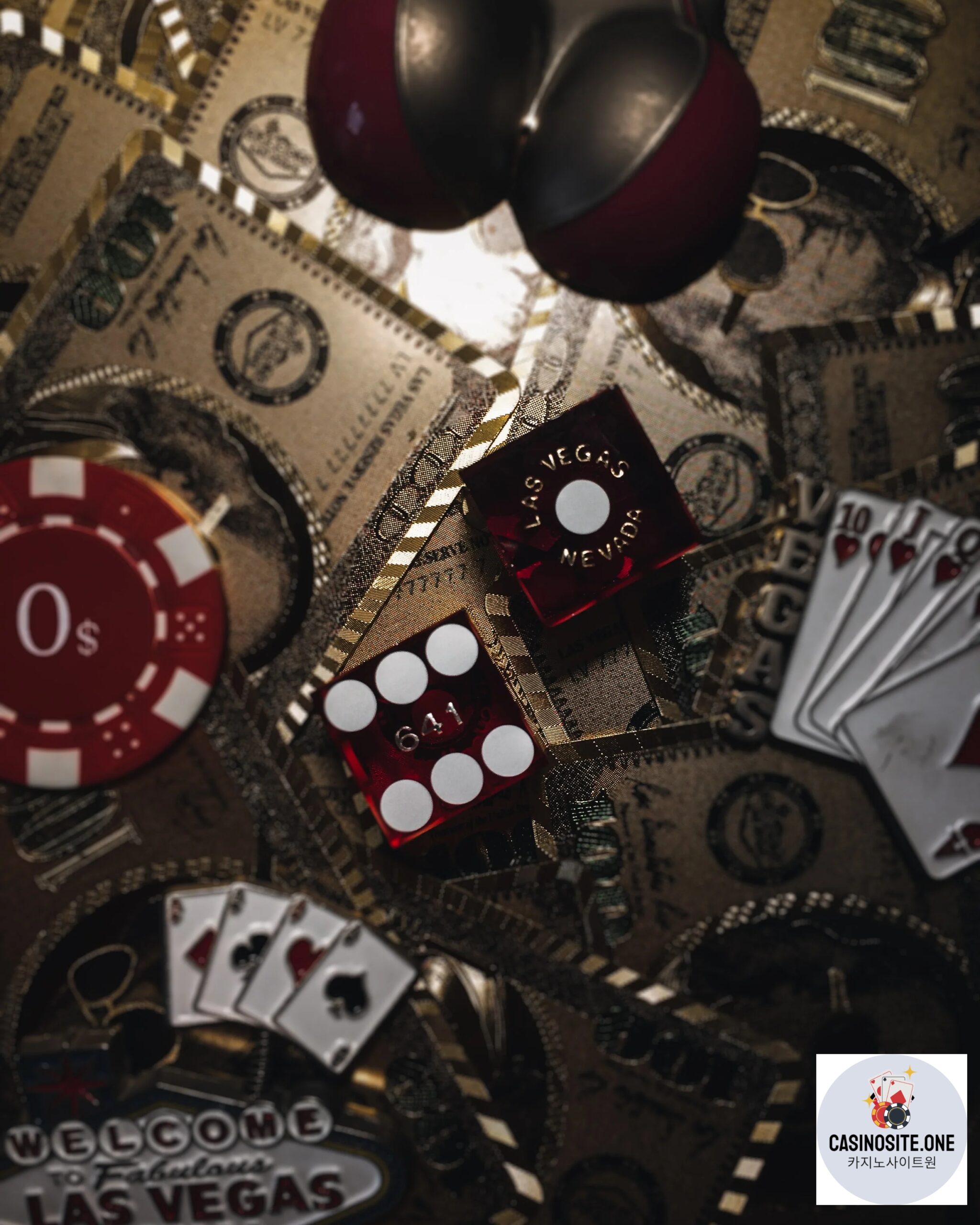Baccarat is a popular card game that is often associated with high stakes and sophistication. It is believed to have originated in Italy during the 15th century, and its name is derived from the Italian word “baccara,” which means zero. The game’s roots can also be traced back to France, where it became a favorite pastime of nobility during the 19th century.
The objective of Baccarat is relatively simple: players bet on one of three outcomes – the player’s hand winning, the banker’s hand winning, or a tie between the two hands. Contrary to many other card games, including Blackjack, the players themselves do not have direct control over the cards. Instead, the dealer (also known as the “banker”) deals the cards according to specific rules.
Here’s a step-by-step guide to how Baccarat is typically played:
- Betting: Before the cards are dealt, players place their bets on either the player’s hand, the banker’s hand, or a tie. It’s important to note that the term “player” does not refer to the actual player at the table; it’s just one of the possible outcomes.
- Dealing the Cards: The dealer deals two cards each to the player and the banker. The cards have point values: cards 2 through 9 have face value, 10s and face cards (jacks, queens, kings) are worth 0 points, and aces are worth 1 point.
- Calculating the Points: The point value of each hand is calculated by adding up the total points of the two cards and taking the rightmost digit of the sum. For example, if a hand contains a 7 and an 8, the total is 15, but the point value of the hand is 5 (the rightmost digit).
- Drawing a Third Card: In some situations, a third card may be drawn for either the player or the banker (or both) according to specific rules:
- If the player’s total is 5 or less, they are dealt a third card.
- If the player stands (does not draw a third card), the banker draws a third card if their total is 5 or less.
- Determining the Winner: After all the cards are dealt, the hand with the highest point value wins. If both hands have the same total, it results in a tie, unless players bet on a tie outcome.
- Payouts: If you bet on the winning hand (player or banker), you win even money (1:1). However, if you bet on the banker’s hand and it wins, you usually have to pay a commission to the casino (usually around 5%) as the banker’s hand has a slight statistical advantage.
It’s essential to understand that Baccarat is a game of chance, and there is no strategy or skill involved in the actual gameplay. The house edge in Baccarat is relatively low, making it appealing to both casual players and high rollers.
Remember that gambling should always be done responsibly, and it’s wise to set limits on how much you are willing to wager before you start playing. Good luck and enjoy the mystery and excitement of Baccarat!

